+8613776545860
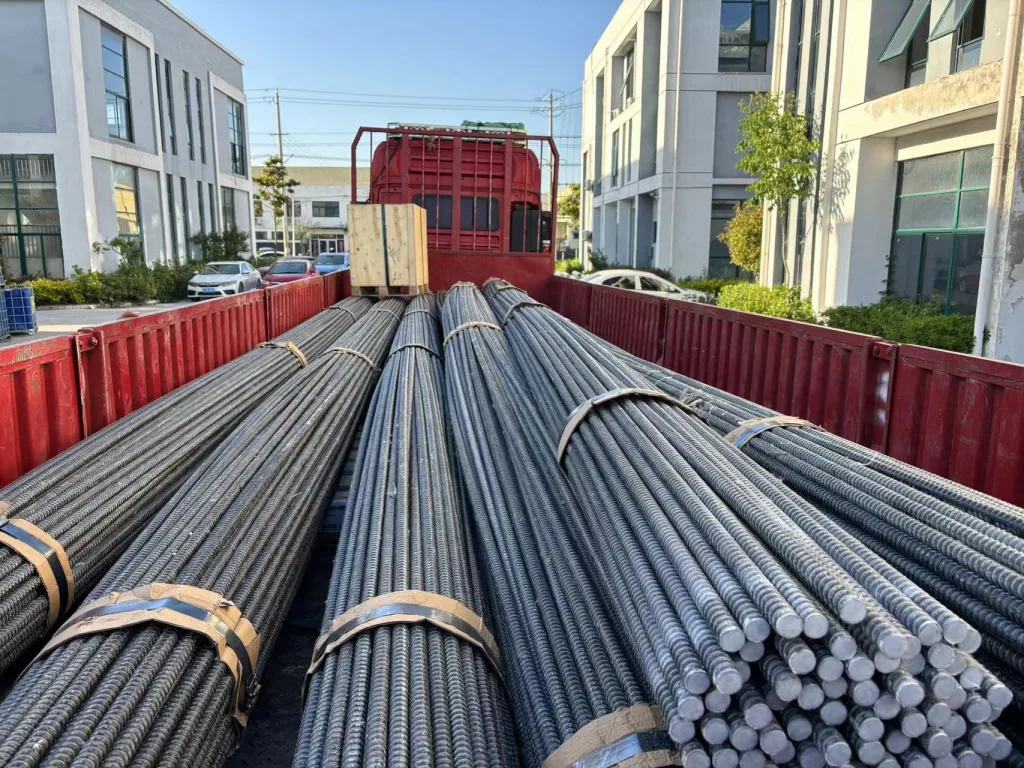
Fiberglass rebar and steel rebar each have their own strengths and weaknesses, and their suitability depends on the specific requirements of the project and the environmental conditions in which they will be used. Here’s a comparison of both materials:
Steel Rebar:
– Strength: Steel rebar is known for its high tensile strength, making it suitable for applications where structural reinforcement is crucial.
– Cost: Steel rebar is generally less expensive than fiberglass rebar, making it a more cost-effective option for certain projects.
– Conductivity: Steel rebar is highly conductive, which can be advantageous or disadvantageous depending on the application.
– Corrosion: Steel rebar is susceptible to corrosion, especially in environments with high moisture or chemical exposure, which can lead to maintenance issues and structural deterioration over time.
Fiberglass Rebar:
– Corrosion Resistance: Fiberglass rebar is inherently resistant to corrosion, making it ideal for environments prone to corrosion such as coastal areas, chemical plants, and wastewater treatment facilities.
– Weight: Fiberglass rebar is significantly lighter than steel rebar, making it easier to handle, transport, and install. Its lightweight nature can also reduce the overall structural load and simplify design considerations.
– Non-Conductivity: Fiberglass rebar is non-conductive, offering electrical insulation properties, which can be advantageous in certain applications.
– Durability: Fiberglass rebar’s corrosion resistance and durability can lead to reduced maintenance requirements and longer service life compared to steel rebar.
In summary, both fiberglass rebar and steel rebar have their own advantages and are suitable for different applications. Fiberglass rebar excels in environments where corrosion is a significant concern and where weight reduction and low maintenance requirements are priorities. However, steel rebar remains a popular choice for its high tensile strength and cost-effectiveness in certain situations. The choice between the two depends on factors such as project requirements, budget constraints, and environmental considerations. Consulting with structural engineers and considering the specific needs of the project can help determine the most suitable reinforcement material.

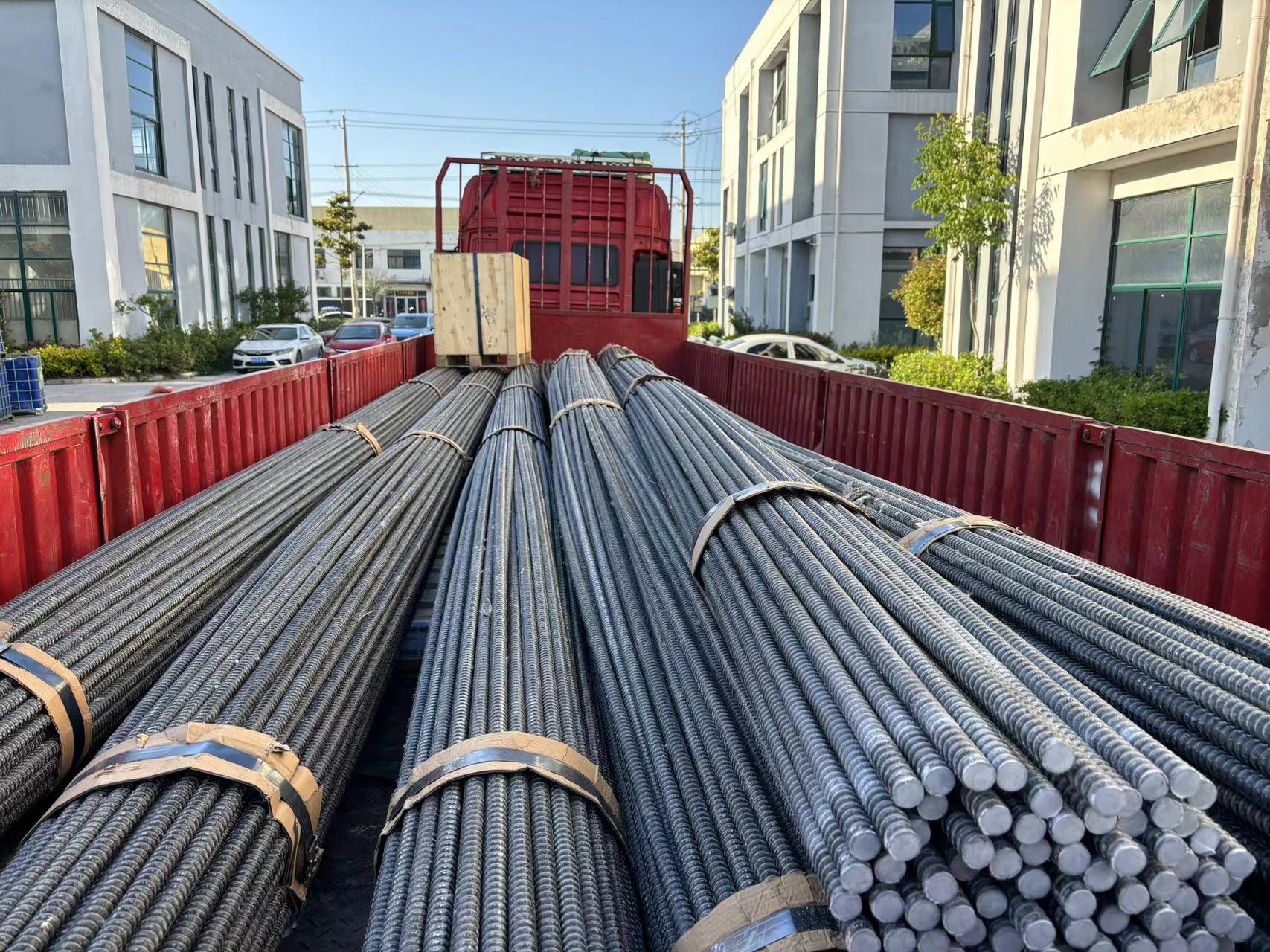
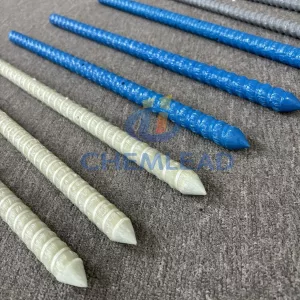
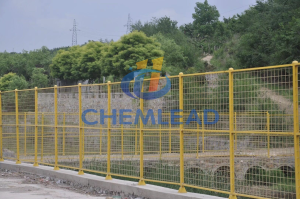
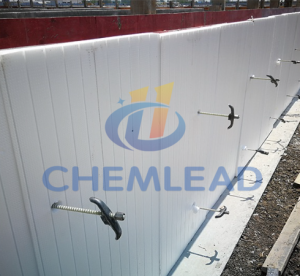
 Get Free Quote Now! Don’t Hesitate!
Get Free Quote Now! Don’t Hesitate!